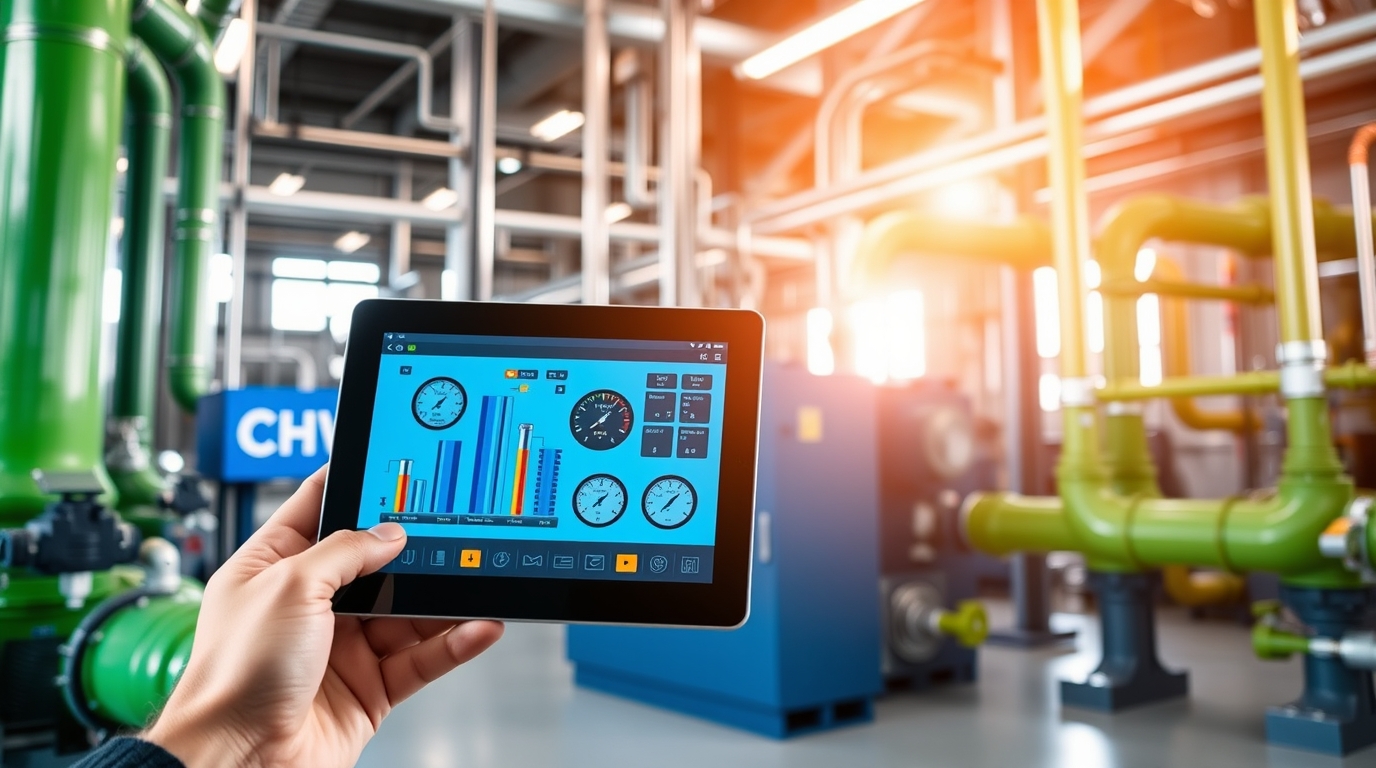
As we head towards the summer, ensuring our heating, ventilation, and air conditioning (HVAC) systems are fully operational is paramount to the functionality of residential and commercial buildings. They regulate temperature and air quality, playing a critical role in overall comfort levels and energy management. However, these systems are also prone to wear and tear, especially in the summer, as the HVAC system works overtime to maintain cooler indoor temperatures.
Innovations in artificial intelligence (AI) have introduced new ways to detect and prevent HVAC failure, enabling proactive maintenance and greater system reliability. In this article, we’ll explore how AI can be applied to predict HVAC failure, current challenges and opportunities for the future, and the companies defining the future of predictive HVAC maintenance.
How AI Improves HVAC Maintenance
At a high level, AI can be applied to analyze historical and real-time data from HVAC systems to identify patterns and anomalies that offer insight into potential failures. This is made possible by IoT devices such as smart sensors, which are installed directly into HVAC systems to collect and analyze edge intelligence.
Sophisticated smart sensors can detect subtle changes in system behaviors to identify potential issues based on environmental factors such as temperature, pressure, humidity, sound, and energy consumption. AI empowers contractors and homeowners to take proactive measures rather than simply waiting for issues to arise. This can significantly reduce repair costs, prolong the system’s lifespan, and eliminate service disruptions.
AI can also be used for prescriptive maintenance. For example, suppose an HVAC system begins to stagnate due to a failing compressor. In that case, AI can recommend specific actions, such as adjusting operating parameters or scheduling a compressor replacement, to mitigate or prevent those failures.

Examples of HVAC Predictive Maintenance
Predictive maintenance technology is already being integrated via sensors and software that use AI to prevent costly repairs or delays in business functions. These are some of the real-world companies that are leading this innovation:
CoolAutomation
CoolAutomation1 has an HVAC Predictive Maintenance solution that consists of an intuitive cloud-based application and an IoT-enabling edge device called the CloudBox. The solution is plug and play, which can be trained with a set of specific parameters that deliver push notifications on malfunctions or anomalies that may arise during operation so maintenance teams can fix system issues before they occur and prevent their deterioration into system failure.
Attune
Attune2 Asset Condition Monitoring (ACM) Platform uses wireless sensors deployed throughout buildings to collect real-time data on various parameters such as temperature, humidity, air quality, and energy consumption. The solution detects anomalies and predicts potential HVAC failures. Older buildings that don’t have an updated Building Automation System (BAS) can still benefit from the ACM platform with Attune’s alternative retrofit options that capture the same data using a virtual BAS that connects with the cloud.
Trane
Trane Tecnologies3, a Fortune 100 company in developing innovative climate technology, uses a handheld vibration analysis tool to perform predictive maintenance. These handheld tools collect vibration and use machine learning to diagnose and identify anomalies in near real time. It can also listen for potential leaks that can cause imminent system failure before it becomes a problem.
Current Challenges with HVAC Predictive Maintenance
However, despite the innovation in HVAC maintenance, there are still some challenges that can be made to make predictive maintenance for HVAC systems more effective and reliable.
Energy Consumption
Like many battery-powered IoT devices, AI-powered sensors require significant processing power. Ultra-low power semiconductors for IoT devices allow sensors to operate more effectively and to extend battery life. High compute power at lower energy levels facilitates more sophisticated AI applications and optimizations.
Network Reliance
To analyze vast amounts of data, devices typically send data to the cloud for processing. This requires a connection to the internet to transmit the raw data to centralized servers. Computing at the edge enables on-device processing and storage so that sensors don’t have to rely on a continuous connection to operate effectively.
Latency and Bandwidth
Predictive maintenance relies on real-time monitoring of HVAC system data. Latency in data transmission and limited bandwidth can delay the delivery of sensor data and the device’s ability to accurately predict failure. Local AI processing significantly reduces this challenge since there is no need to transmit the data for analysis.
The Future of HVAC with AI
The Internet of Things (IoT) has opened up opportunities to improve HVAC performance, reduce failure costs, and maximize energy usage. Innovations in AI have made it easier than ever to predict system errors and identify which parts need maintenance to avoid failure altogether. With the right technology, contractors and homeowners can take control of their operations and maximize comfort and value.
As AI becomes increasingly more sophisticated, predictive maintenance will become an indispensable tool for maximizing the lifespan and efficiency of HVAC equipment in both residential and commercial settings.
How Ambiq is Contributing
Enabling technology that can perform complex AI calculations, such as real-time predictive maintenance, on the device, and without draining the power budget is a unique challenge that could be solved with a powerful microcontroller. Ambiq delivers a range of System-on-Chip (SoC) solutions that enable battery-powered devices with on-device intelligence and unmatched energy efficiency. Explore other applications for Ambiq here.
References


